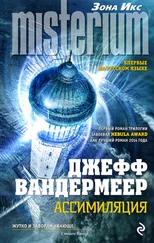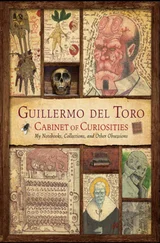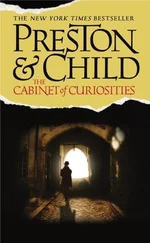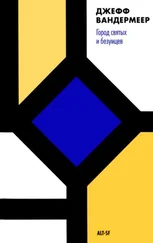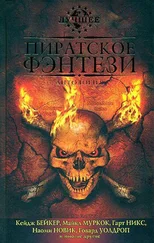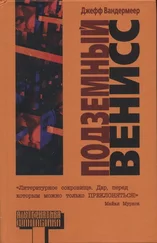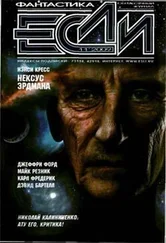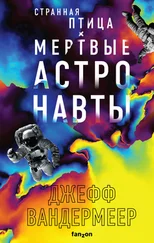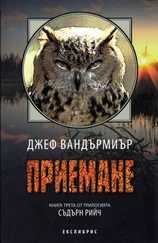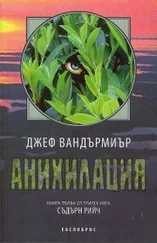Джефф Вандермеер - The Thackery T. Lambshead Cabinet of Curiosities
Здесь есть возможность читать онлайн «Джефф Вандермеер - The Thackery T. Lambshead Cabinet of Curiosities» весь текст электронной книги совершенно бесплатно (целиком полную версию без сокращений). В некоторых случаях можно слушать аудио, скачать через торрент в формате fb2 и присутствует краткое содержание. Жанр: Фэнтези, на английском языке. Описание произведения, (предисловие) а так же отзывы посетителей доступны на портале библиотеки ЛибКат.
- Название:The Thackery T. Lambshead Cabinet of Curiosities
- Автор:
- Жанр:
- Год:неизвестен
- ISBN:нет данных
- Рейтинг книги:5 / 5. Голосов: 1
-
Избранное:Добавить в избранное
- Отзывы:
-
Ваша оценка:
- 100
- 1
- 2
- 3
- 4
- 5
The Thackery T. Lambshead Cabinet of Curiosities: краткое содержание, описание и аннотация
Предлагаем к чтению аннотацию, описание, краткое содержание или предисловие (зависит от того, что написал сам автор книги «The Thackery T. Lambshead Cabinet of Curiosities»). Если вы не нашли необходимую информацию о книге — напишите в комментариях, мы постараемся отыскать её.
The Thackery T. Lambshead Cabinet of Curiosities — читать онлайн бесплатно полную книгу (весь текст) целиком
Ниже представлен текст книги, разбитый по страницам. Система сохранения места последней прочитанной страницы, позволяет с удобством читать онлайн бесплатно книгу «The Thackery T. Lambshead Cabinet of Curiosities», без необходимости каждый раз заново искать на чём Вы остановились. Поставьте закладку, и сможете в любой момент перейти на страницу, на которой закончили чтение.
Интервал:
Закладка:
TheThackery T. Lambshead Cabinet of Curiosities Exhibits, Oddities, Images, and Stories from Top Authors and Artists
Thackery T. Lambshead
The
Cabinet of Curiosities
Exhibits, Oddities, Images, and Stories from Top Authors and Artists
Edited by
Ann & Jeff VanderMeer

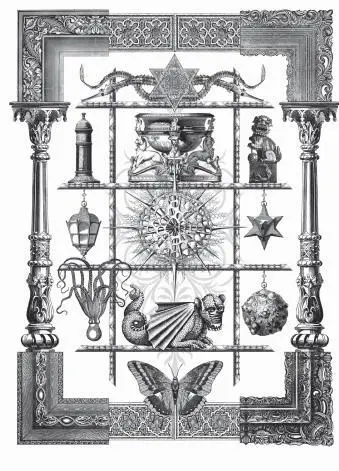
Dedication
Dedicated to the memory of Kage Baker,
a wonderful writer and a good friend of Dr. Lambshead.
You are not forgotten.
Introduction:
The Contradictions of a
Collection: Dr. Lambshead’s Cabinet
By the Editors
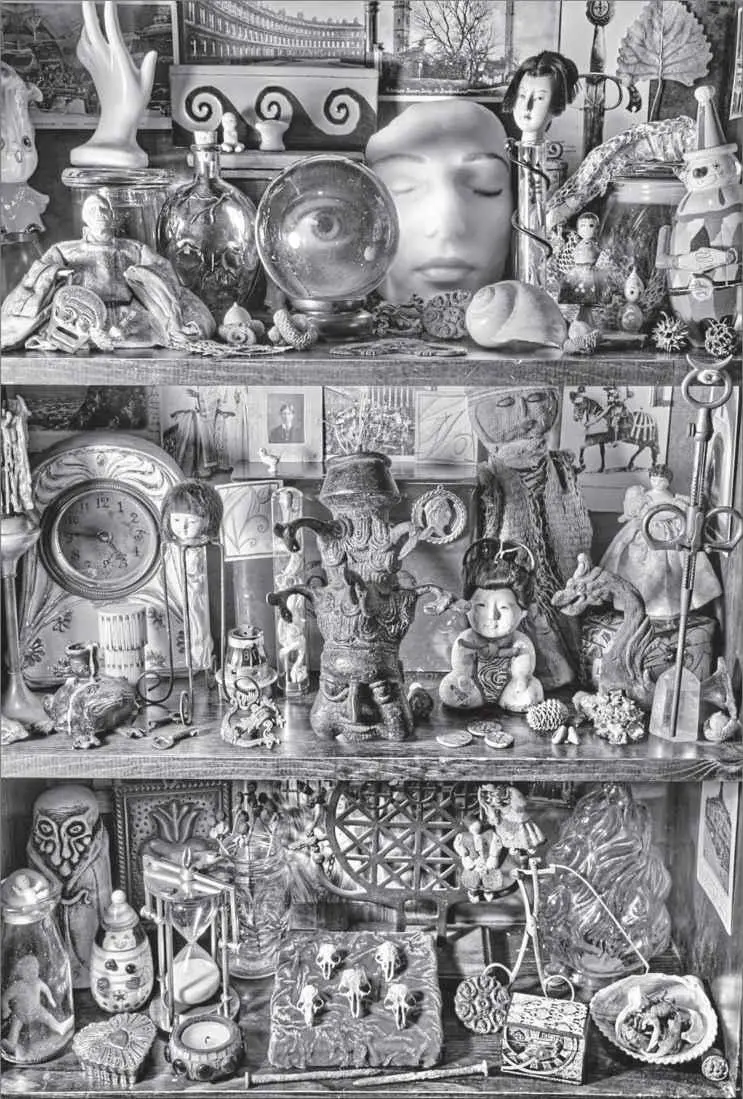
A photograph of just one shelf in Lambshead’s study displaying the “overflow” from his underground collection (1992). Some items were marked “return to sender” on the doctor’s master list.
To his dying day, Dr. Thackery T. Lambshead (1900–2003) insisted to friends that he “wasn’t much of a collector.” “Things tend to manifest around me,” he told BBC Radio once, “but it’s not by choice. I spend a large part of my life getting rid of things .”
Indeed, one of Lambshead’s biggest tasks after the holiday season each year was, as he put it, “repatriating well-intentioned gifts” with those “who might more appropriately deserve them.” Often, this meant reuniting “exotic” items with their countrymen and -women, using his wide network of colleagues, friends, and acquaintances hailing from around the world. A controversial reliquary box from a grateful survivor of ballistic organ syndrome? Off to a “friend in the Slovak Republic who knows a Russian who knows a nun.” A centuries-old “assassin’s twist” kris (see the Catalog entries) absentmindedly sent by a lord in Parliament? Off to Dr. Mawar Haqq at the National Museum in Kuala Lumpur, Malaysia. And so on and so forth.
He kept very little of this kind of material, not out of some loyalty to the Things of Britain, but more out of a sense that “the West still has a lot to answer for,” as he wrote in his journals. Perhaps this is why Lambshead spent so much time in the East. Indeed, the east wing of his ever-more-extensive home in Whimpering-on-the-Brink was his favorite place to escape the press during the more public moments of his long career.
Regardless, over time, his cabinet of curiosities grew to the point that his semipermanent loans to various universities and museums became not so much philanthropic in nature as “acts of self-defense” ( LIFE Magazine, “Hoarders: Curiosity or a New Disease?,” May 19, 1975). One of the most frenzied of these “acts” occurred in “divesting myself of the most asinine acquisition I ever made, the so-called Clockroach”—documented in this very volume—“which had this ridiculous habit of starting all on its own and making a massacre of my garden and sometimes a stone fence or two. Drove my housekeeper and the groundskeeper mad.”
Breaking Ground
This question of the cabinet’s growth coincides with questions about its location. As early as the 1950s, there are rather unsubtle hints in Dr. Lambshead’s journal of “creating hidden reservoirs for this river of junk” and “darkness and subterranean calm may be best for the bulk of it,” especially since the collection “threatens to outgrow the house.”
In the spring of 1962, as is well-documented, builders converged on Lambshead’s abode and for several months were observed to leave through the back entrance carrying all manner of supplies while removing a large quantity of earth, wood, and roots.
Speculation began to develop as to Lambshead’s intentions. “If even Dr. Lambshead despairs of compromise, what should the rest of us, who do not have the same privilege, do?” asked the editor of the Socialist Union Guild Newsletter that year, assuming that Lambshead, at the time a member, was building a “personalized bomb shelter with access to amenities many of us could not dream to afford in our everyday lives, nor wish to own for fear of capitalist corruption.” In the absence of a statement from Lambshead, the Fleet Street press even started rumors that he had discovered gold beneath his property, or ancient Celtic artifacts of incredible value. Whatever Lambshead’s motivations, he must have paid the builders handsomely, since the only recorded comment from the foreman is: “Something’s wrong with the pipes. Full stop.” ( Guardian, “Avowed Socialist Builds ‘Anti-Democracy’ Bunker Basement,” April 28, 1962)
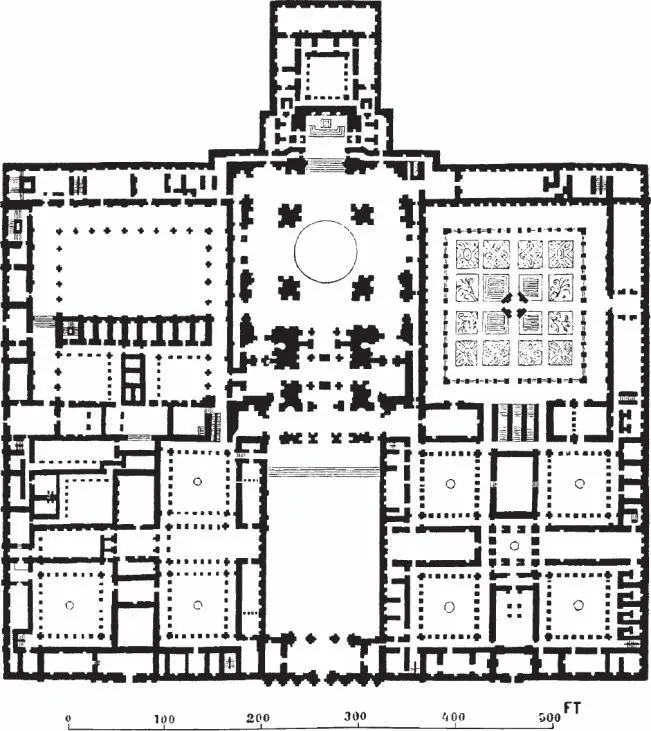
Floor plan found in Lambshead’s private files, detailing, according to a scrawled note, “the full extent of a museum-quality cabinet of curiosities that will serve as a cathedral to the world, and be worthy of her.”
Throughout the year, Lambshead ignored the questions, catcalls, and bullhorn-issued directives from the press besieging his gates. He continued to entertain guests at his by-now palatial home—including such luminaries as Maurice Richardson, Francis Bacon, Molly Parkin, Jerry Cornelius, George Melly, Quentin Crisp, Nancy Cunard, Angus Wilson, Philippe Jullian, and Violet Trefusis—and, in general, acted as if nothing out of the ordinary was occurring, even as the workmen labored until long after midnight and more than one guest reported “strange metallic smells and infernal yelping burps coming up from beneath the floorboards.” Meanwhile, Lambshead’s seemingly preternatural physical fitness fueled rumors involving “life-enhancing chambers” and “ancient rites.” Despite being in his sixties, he looked not a day over forty, no doubt due to his early and groundbreaking experiments with human growth hormone.
Why the secrecy? Why the need to ignore the press? Nothing in Lambshead’s journals can explain it. Indeed, given the damage eventually suffered by this subterranean space, there’s not even enough left to map the full extent of the original excavation. We are left with two floor plans from Lambshead’s private filing cabinet, one of which shows his estate house in relation to the basement area—and thus two contradictory possibilities. One of them, oddly enough, corresponds in shape to a three-dimensional model of an experimental flying craft. This coincidence has led to one of the stranger accusations ever leveled against Lambshead (not including those attributed to contamination scholar Reza Negarestani and obliteration expert Michael Cisco). Art critic Amal El-Mohtar, who for a time attempted to research part of Lambshead’s cabinet, claimed that “It became obvious from Thackery’s notes that he was creating a kind of specialized Ark to survive the extermination of humankind, each item chosen to tell a specific story, and his particular genius was to have all of these objects—this detritus of eccentric quality—housed within a container that would eventually double as a spaceship.” However, it must be noted that this theory, leaked to various tabloids, came to El-Mohtar during a period of recovery in Cornwall from her encounter with the infamous singing fish from Lambshead’s collection. Not only had her writings become erratic, but she was, for a period of time, fond of talking to wildflowers.
Читать дальшеИнтервал:
Закладка:
Похожие книги на «The Thackery T. Lambshead Cabinet of Curiosities»
Представляем Вашему вниманию похожие книги на «The Thackery T. Lambshead Cabinet of Curiosities» списком для выбора. Мы отобрали схожую по названию и смыслу литературу в надежде предоставить читателям больше вариантов отыскать новые, интересные, ещё непрочитанные произведения.
Обсуждение, отзывы о книге «The Thackery T. Lambshead Cabinet of Curiosities» и просто собственные мнения читателей. Оставьте ваши комментарии, напишите, что Вы думаете о произведении, его смысле или главных героях. Укажите что конкретно понравилось, а что нет, и почему Вы так считаете.

